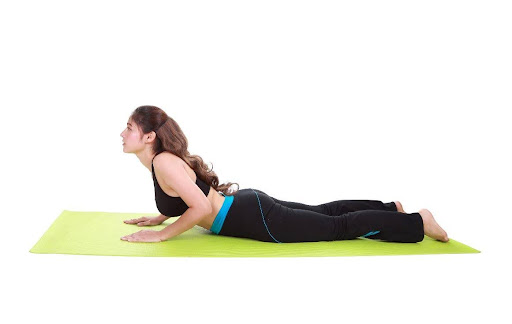Yoga and Integrative Physical Therapy
Our Mission: The Mayo Clinic and IPT are aligned in our purpose in many ways. For example, the Mayo Clinic states, “Integrative medicine combines the most well-researched conventional medicine with the most well-researched, evidence-based complementary therapies to achieve the appropriate care for each person.”
At Integrative PT, we live the same mission combining the finest of traditional physical therapy with the best of a wide range of complementary therapies.
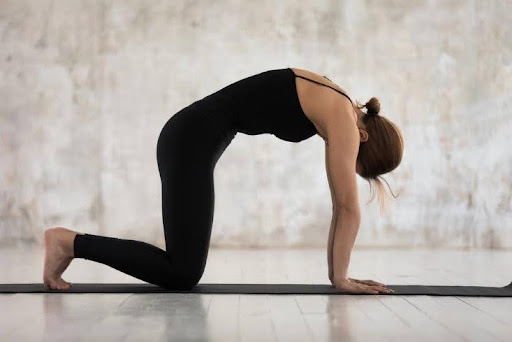
How So?
One of the many ways that we utilize such therapies is using time-tested breathwork and yoga-based exercises. IPT regularly utilizes rehabilitative exercises that originated from traditional Hatha Yoga to restore mobility, flexibility and strength.
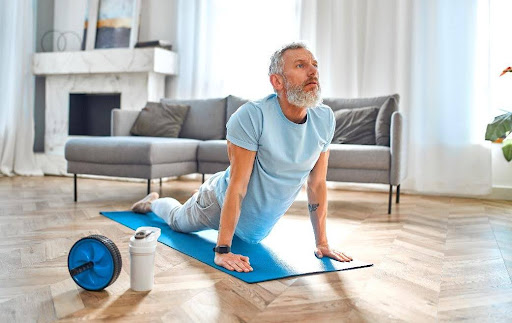
Often these timeless exercises are easily modified to support our patients’ healing and provide lasting relief.
At IPT we strive to get at the root cause of injury and pain to restore balance to our patient’s alignment and movement. Often, patients are unaware that old injuries are still at play within their body. For example, our patients have unintentionally learned compensatory habits in their walking, standing and sitting that are at cause for their pain. Without exposing those habits, and offering corrective strategies, our patient’s pain worsens with time.
At the core of meaningful change in the body is a sound understanding of what is at cause for the pain. At IPT, we conduct a full body evaluation to reveal and correct these hidden culprits.
What Happens Next?
Next, we must implement some action that forces or allows change, so the old patterns surrender to healthier ways of moving, sitting and standing.
One of the many strategies on our menu of effective options includes the integration of yoga-based postures.
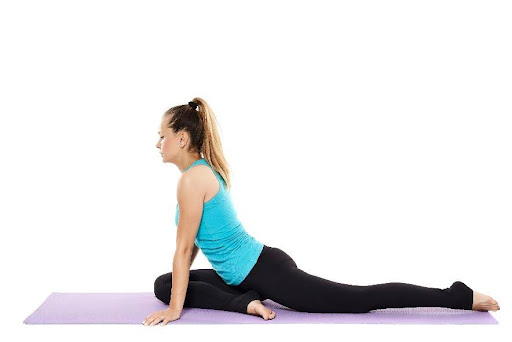
On occasion, such movements can be the magic necessary to restore health and comfortable movement. We also find it is easier for patients to faithfully complete their home exercises when they not only bring pain relief, but also feel restorative to the patient.
What Does Yoga Do to the Autonomic Nervous System (ANS)?
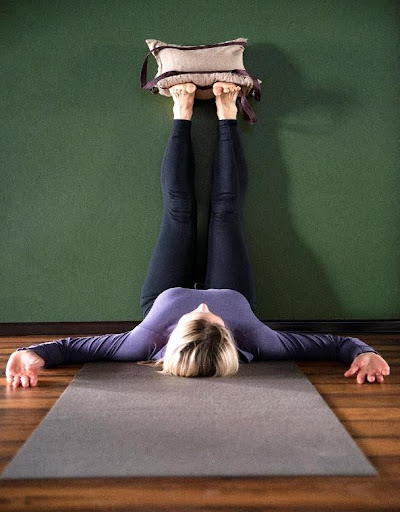
Thus, when utilized in certain cases, yoga and breathing exercises also have the added benefit of balancing the ANS (autonomic nervous system) which is a big part of finding relief from both new and chronic injury or pain.
IPT uses these breathing and yoga postures to improve the “the rest and digest” (i.e., parasympathetic) branch of the ANS and decrease the “fight or flight” (i.e., sympathetic) nervous system. While most patients underestimate the power of the mastering the breath, the research is clear: breathing more deeply, slowly and rhythmically is essential to reducing anxiety, pain sensitivity and reduce fatigue.
Added Benefits?
An additional advantage of supplementing traditional PT therapy with structured breathing and releasing postures (i.e., yoga) is that sleep is also enhanced. Adequate deep sleep, often lacking in our patients, is absolutely essential for healing. The protein synthesis necessary for tissue healing occurs only during deep sleep. At IPT, we will, at times, incorporate these yoga-based breathing exercises into patients’ programs in order to support sleep as well as the activation of the parasympathetic system. Such strategies have proven to aid our patients in their recovery.
If you are in pain, or struggling with mobility or movement, we may or may not utilize these yoga-based strategies. However, at IPT, you can feel confident that we will do our best to find a PT program optimized to bring about the most rapid benefit possible, based upon our broad knowledge base.

